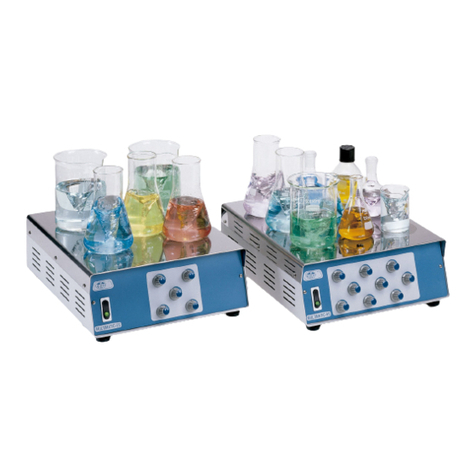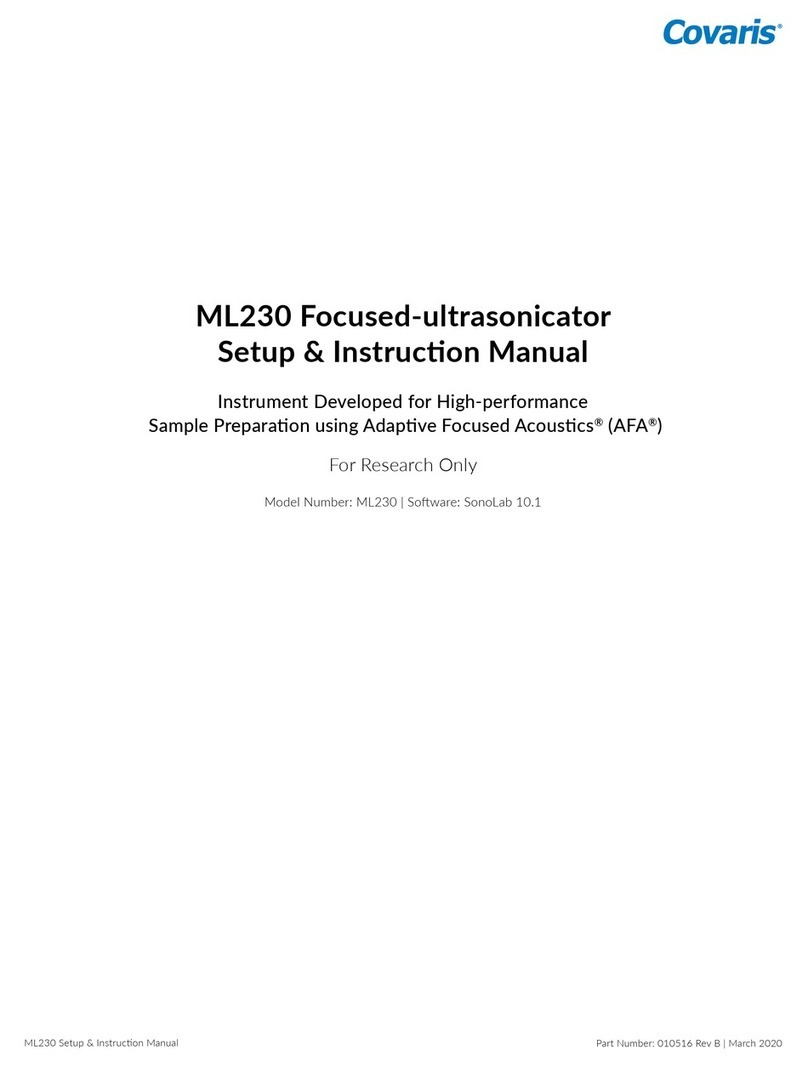Malvern Instruments Mastersizer X User manual




















This manual suits for next models
9
Table of contents
Other Malvern Instruments Laboratory Equipment manuals

Malvern Instruments
Malvern Instruments Zetasizer uV User manual
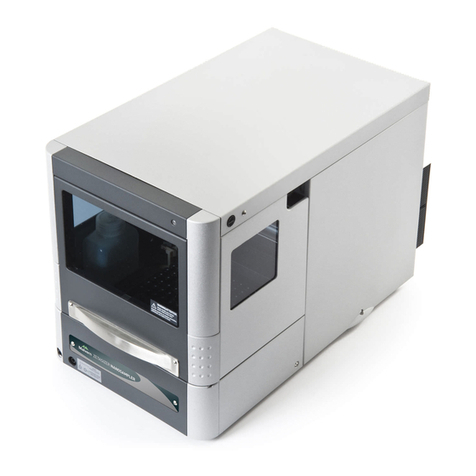
Malvern Instruments
Malvern Instruments ZETASIZER User guide
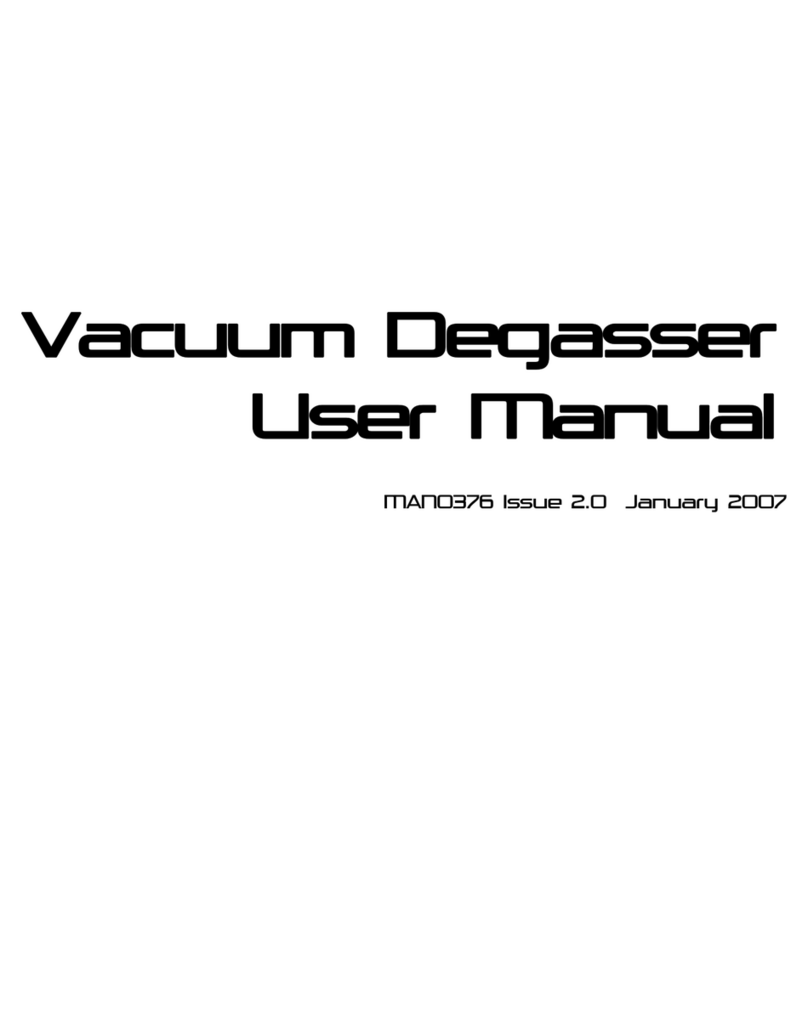
Malvern Instruments
Malvern Instruments DEG0003 User manual
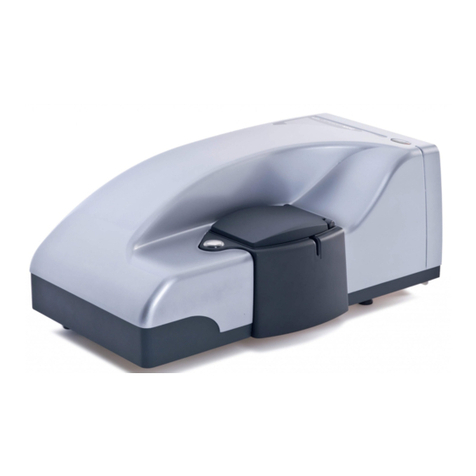
Malvern Instruments
Malvern Instruments Zetasizer Nano User manual
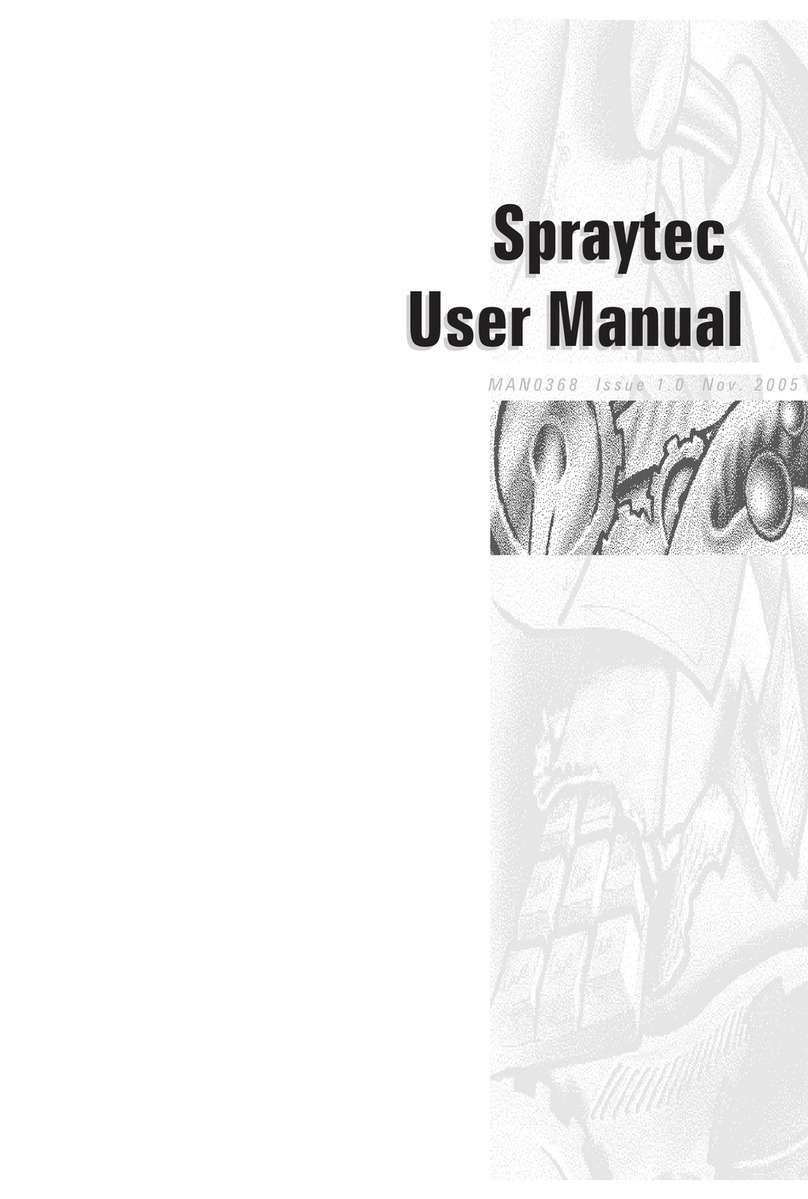
Malvern Instruments
Malvern Instruments Spraytec User manual
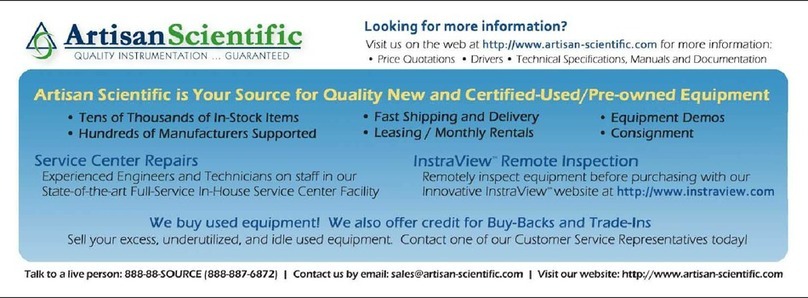
Malvern Instruments
Malvern Instruments Zetasizer Series User manual
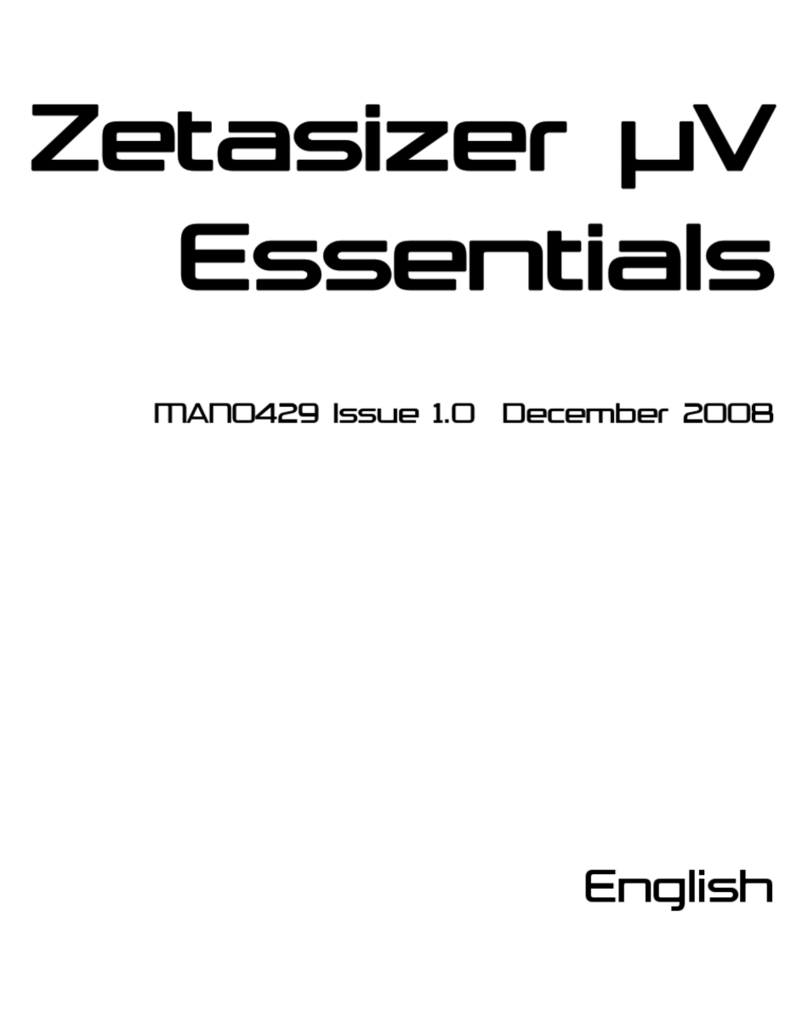
Malvern Instruments
Malvern Instruments Zetasizer uV User manual
Popular Laboratory Equipment manuals by other brands
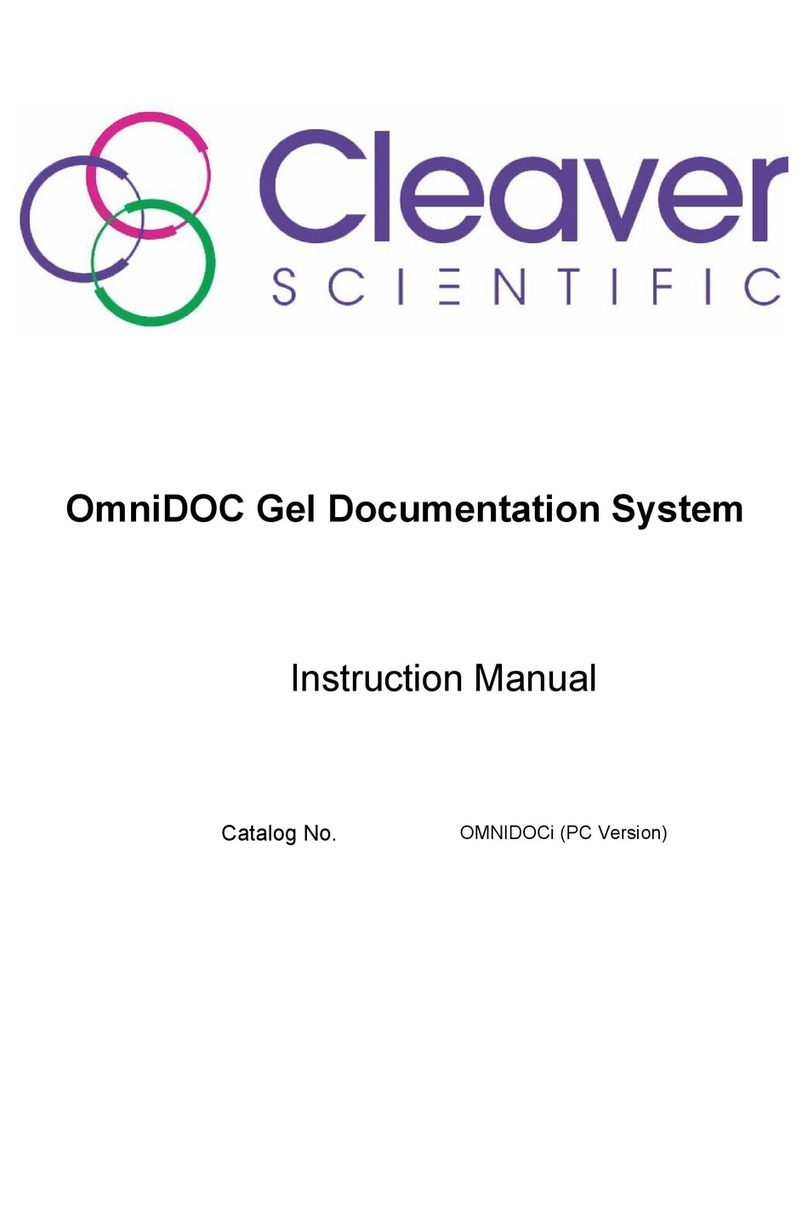
Cleaver Scientific
Cleaver Scientific omniDOC instruction manual
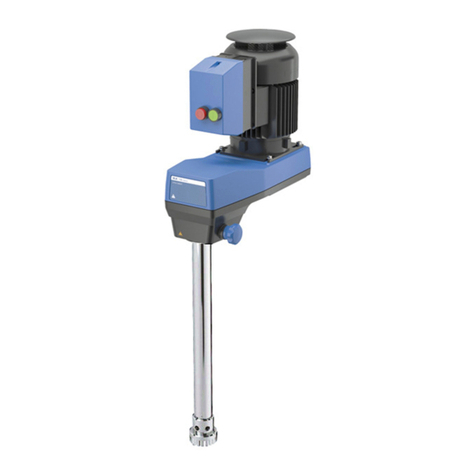
IKA
IKA T 65 D operating instructions

Thermo Scientific
Thermo Scientific Multidrop 384 user manual
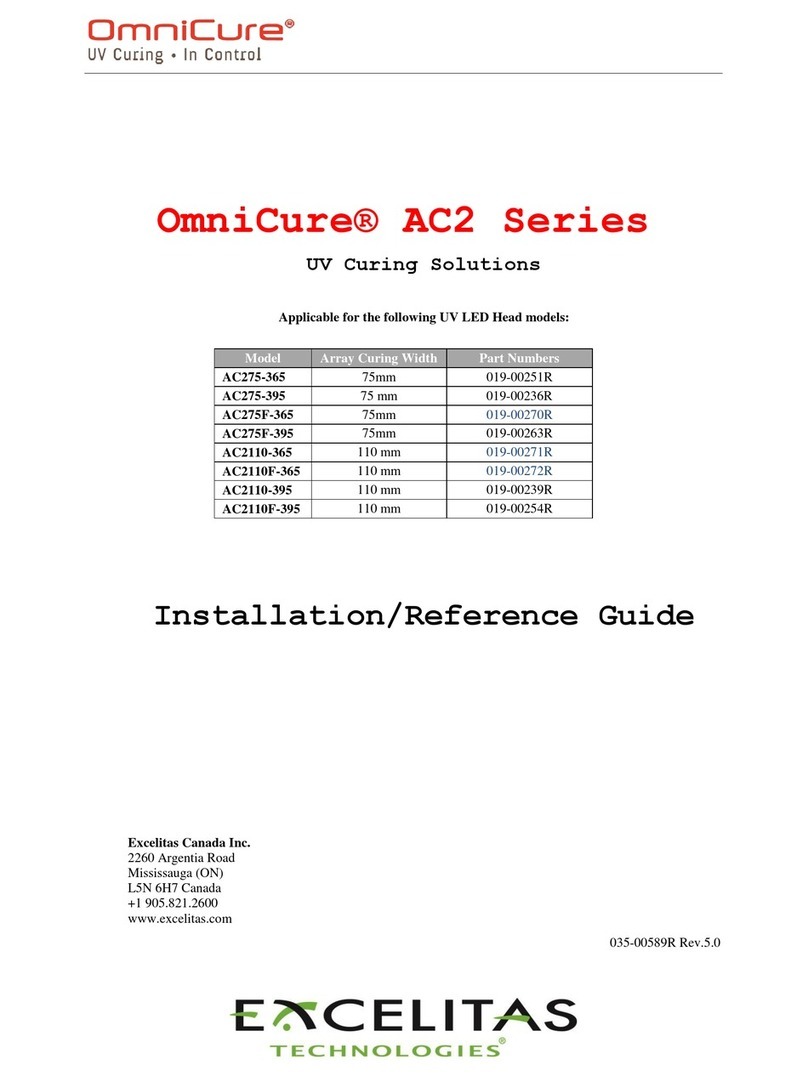
Excelitas Technologies
Excelitas Technologies OmniCure AC2 Series Installation reference guide
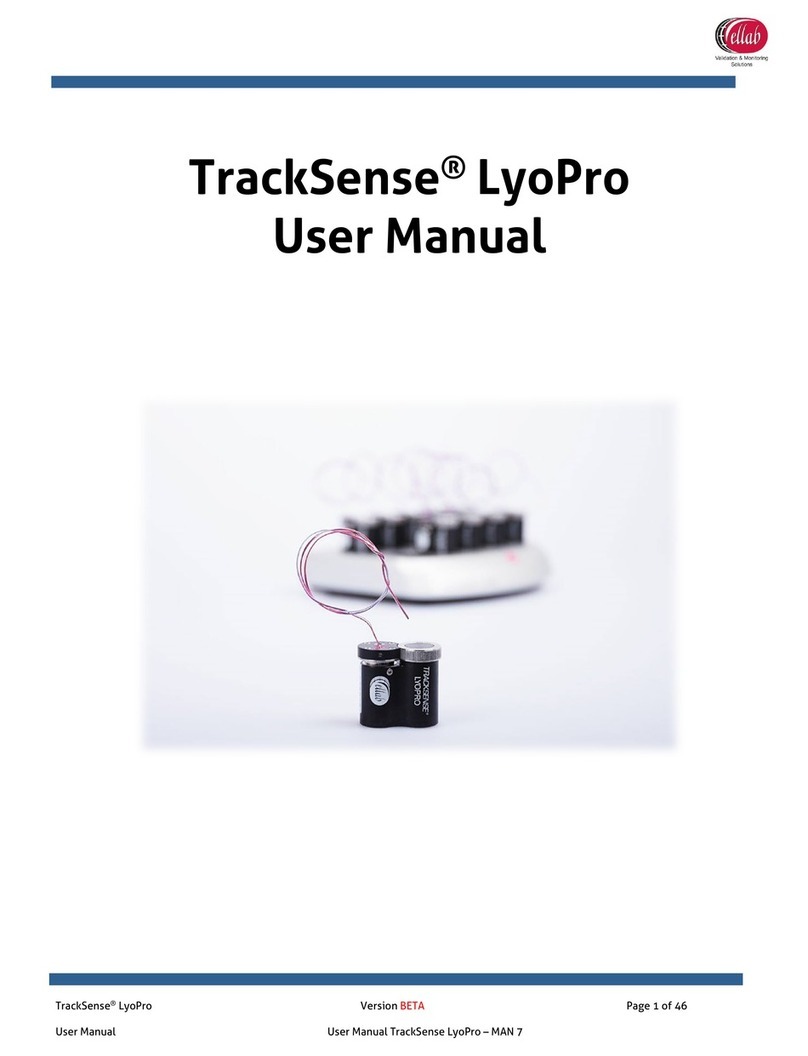
Ellab
Ellab TrackSense LyoPro user manual
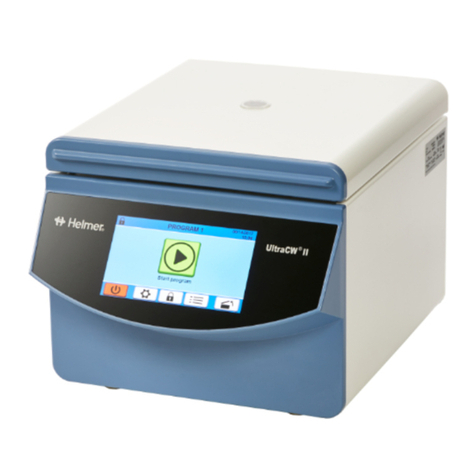
Helmer
Helmer UltraCW II Operation manual
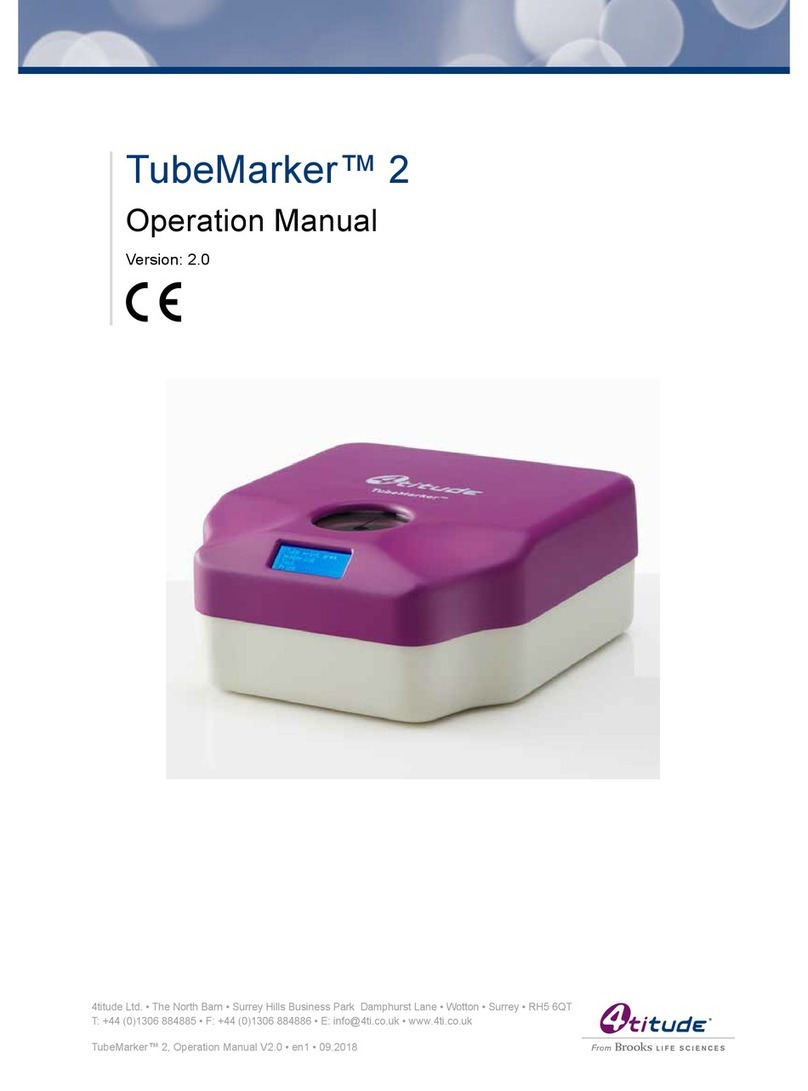
4titude
4titude TubeMarker 2 Operation manual

Miele
Miele PG 8593 operating instructions
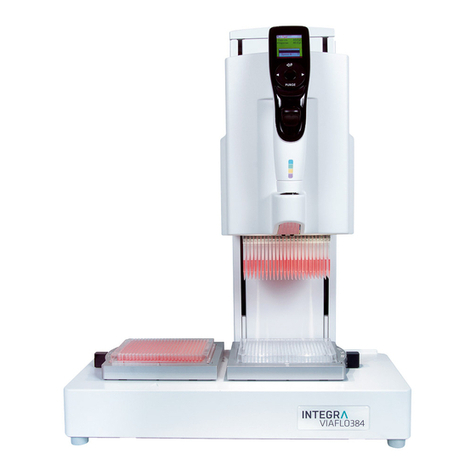
INTEGRA Biosciences
INTEGRA Biosciences VIAFLO 96 quick start guide

VERDER
VERDER CARBOLITE GERO LGP 2/3370 Installation, operation and maintenance instructions
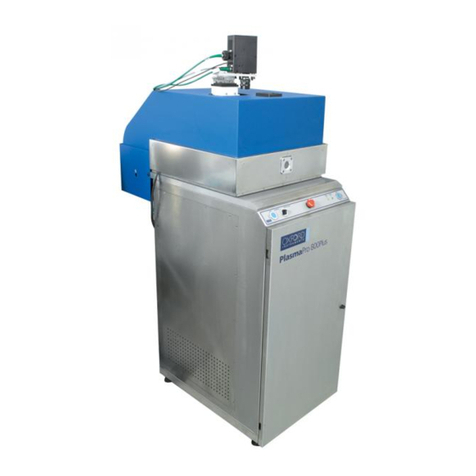
Oxford
Oxford Plasmalab 80 Plus operating manual
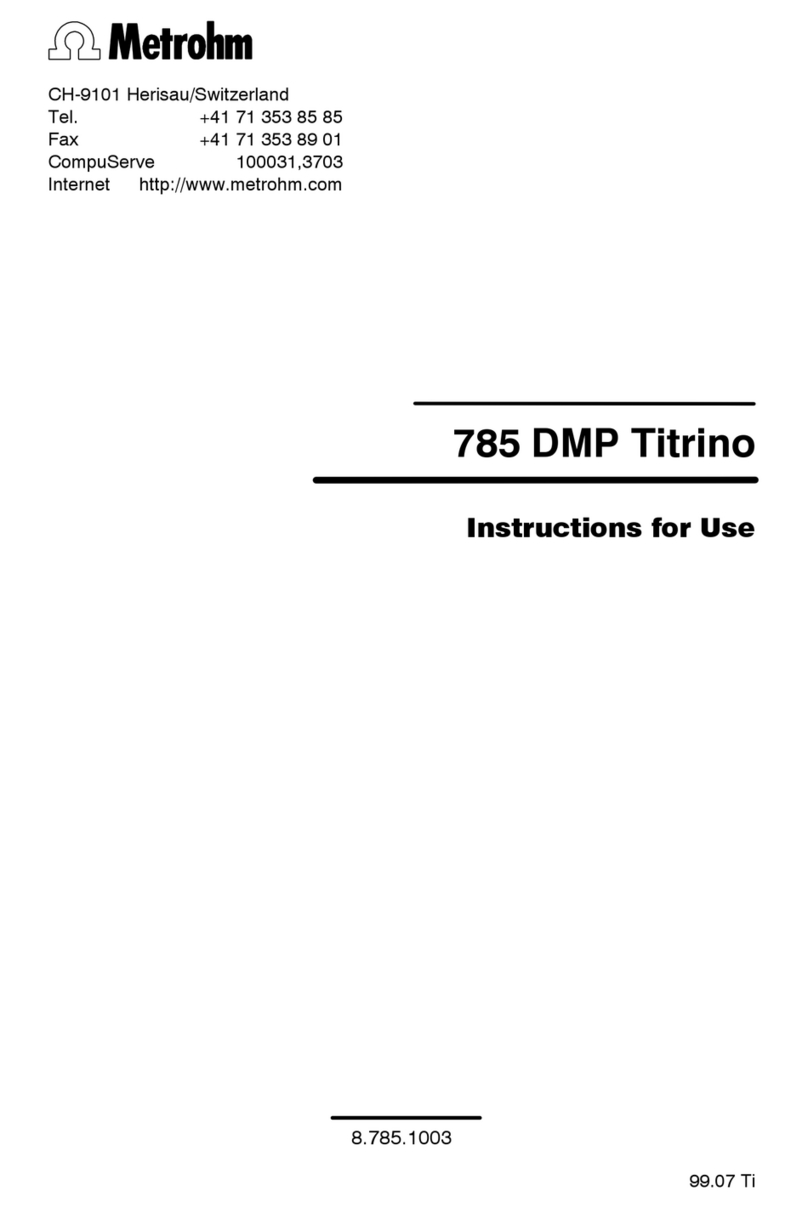
Metrohm
Metrohm 785 DMP Titrino Instructions for use




